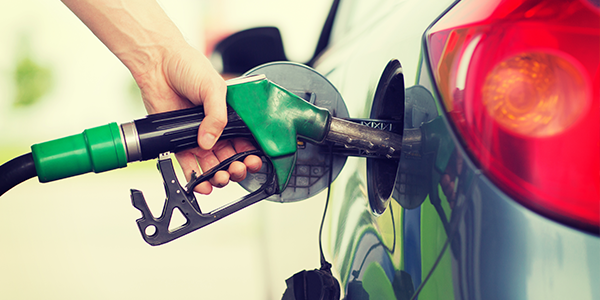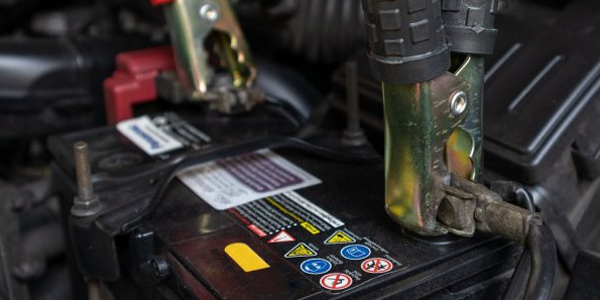July 2025
How Fuel is Priced
We know many motorists are interested in how the price of fuel is set. It’s a complicated process. Here’s a guide to help answer your questions.
Many fuel retailers are franchises or brand licensees (franchisees) and some fuel retailers are corporate-owned.
It’s almost never the staff on the counter setting the price, and often not the franchise owner either.
There are three methods of pricing:
- Fuel supplier head office sets centrally or recommends a fuel price to fuel retailers
- Retailer buys wholesale and applies their margin
- Corporate sells to retailer at ‘local market price minus agreed discount.
Most fuel brands have all three pricing models within their network.
Cheaper fuel benefits fuel retailers. It means more volume, happier customers, more additional shop sales.
High fuel prices are often outside of the control of the local fuel brand retailer and hurt the local business in lost sales, both fuel and shop, and ill-will from customers.
Fuel retailing is not a high margin business, typically 3-4% on fuel sales. It is a high volume, low margin business. Fuel taxes are approximately half the cost of fuel.
Factors in fuel pricing
Product cost: What fuel suppliers pay to buy refined fuels (i.e. petrol and diesel) from international refineries and the cost to ship it to New Zealand. As all crude oil and refined product is purchased in US dollars, the value of the NZ dollar against the US dollar can account for price changes at the pump.
Government tax: This includes Government taxes such as GST, the Fuel Excise Duty and levies such as ACC and the emissions trading scheme (ETS).
Operating costs: The costs fuel suppliers incur to bring fuel to customers, such as maintaining storage tanks, local distribution via trucks and tankers, electricity to power stores, right down to the credit card fees fuel suppliers pay the banks to take electronic payments, and the costs to train and employ staff at service stations.
Net profit: Fuel suppliers’ net profit is what they earn after they have paid for the refined fuel, taxes and levies and accounted for their operating costs.
Why is there a fuel tax?
Anyone using our roads contributes towards their upkeep. Most road users pay levies in the price of their fuel. Others pay through road user charges (RUC). The revenue collected from road user charges is dedicated to the National Land Transport Fund (NLTF).
The government applies fuel excise tax, GST, and emissions trading scheme levy that makes up around 50% of the price of the fuel at the pump. The current fixed excise tax is 70.024c per litre, the local authorities fuel tax is 0.66c, the petroleum or engine fuels monitoring levy is 0.6c and the ETS is around 20c per litre. GST is 15%, therefore is variable depending on the price.
Frequently asked questions
Fuel pricing has been extremely tightly scrutinised by the Commerce Commission and other authorities for a long period of time.
The penalties for price-fixing are severe and fuel retailers are aware of this. Of course, fuel companies monitor what competitors are doing.
But the cost of the fuel to the retailer, and small profit margins, means there is not much room for variation. In the same way, the price of a bottle of milk at one supermarket chain is similar to the price in another.
A lack of competitive pricing often reflects a lack of competition.
Sometimes this can be because of the absence of a ‘disruptor’ retailer.
These cut-price stations usually have lower overheads and can afford to offer discounted fuel. When the disruptor doesn’t play this role or in areas where there is no disruptor, the reduced competition can result in in consistency in pricing.
Local market competition with other fuel retailers can be a factor. Transportation costs from a fuel terminal to a service station can be a factor.
The cost of fuel at the pump is made up of several factors.
Pricing on the global market fluctuates daily, as can local competitive pressures.
Petrol in the pumps was purchased at an earlier date when the price was higher, so cannot be reduced immediately.
Fuel suppliers continually review the range of input costs and market conditions and makes any changes (up or down) as and when they are required.
Fuel pricing is dynamic. Margins increase and decrease based on competition and supply. The same way a hotel room is $600/night in February and $200/night in June. Generally, service stations will pass on the savings as soon as they can. It’s in their interests to retain customers.
Fuel suppliers buy refined fuel on the international market, mainly from Asia (Singapore and South Korea).
The decisions fuel suppliers make regarding any price changes are based on multiple price inputs, not just the price fuel suppliers pay for refined fuel.
Shipping costs, distribution costs, storage costs, the strength of the NZ dollar are some examples of price inputs.
Lower operating costs at unmanned service stations. Often less capital expenditure required in establishing an unmanned service station.



